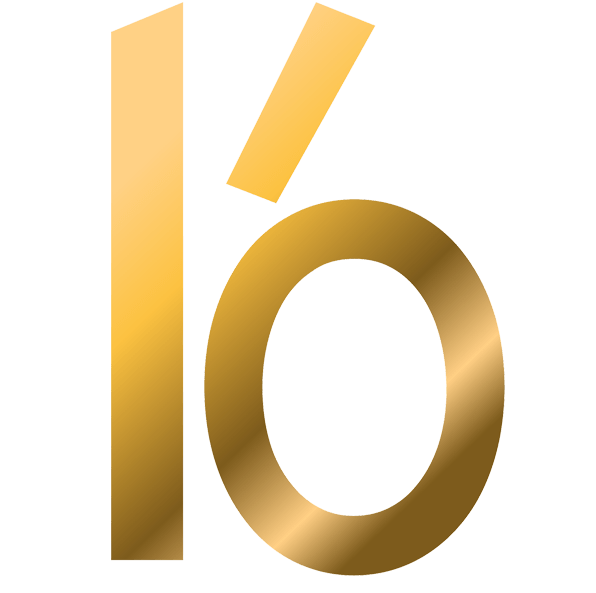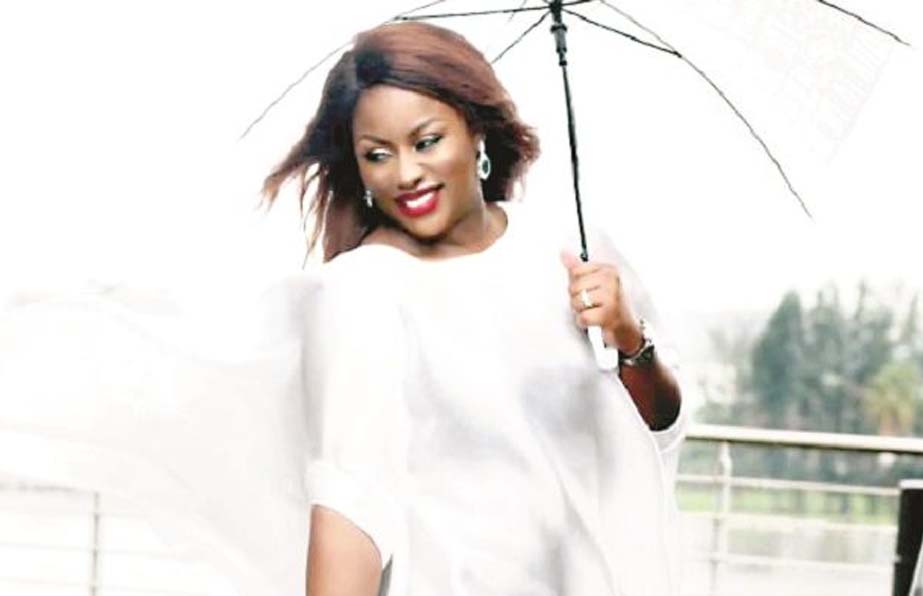Olubukola Bolarinde is the definItion of a polymath. She is a corporate professional, leading a department of one of the leading telecommunication companies in the world, an art connoisseur and self-taught artist, the CEO of Yellow Dot limited, a creative curation/production company, a writer, among other things.Naturally drawn to art in all forms of its expression, she is set to unveil her entire exhibition, curated for over two years, at a private exhibition on June 10 in Nigeria and in Venice, Italy, later in the year. She told ROTIMI IGE her story and passion for telling African stories through paintings.
TELL us about yourself and your background.
I am an indigenous Nigerian from Ekiti State, Okemesi-Ekiti, the home of Fabunmi, the propagator of the Kiriji war. My mum is from Ibadan, Oyo State, and both of my parents grew up in Ibadan. So I am a fully Yoruba woman, well-grounded in the southwest. All of my influences are Ekiti and Oyo State. However, while I was born in Lagos, my formative years, from age 11, after my primary education, I went to the North. I went to secondary school in Jos and was there for six years. From Jos, I went to Kaduna for a pre-degree course. I then spent another year in Zaria, where ABU is. That was where I had the training that prepared me for my career in architecture and urban and regional planning.
I was immersed in the culture of the North, and I speak two indigenous languages, Hausa and Yoruba.
From the North, I went straight to England where I studied Architecture at the Welsh School of Architecture. There I had my B.Sc Hons and then I had my Master’s Degree in Environmental Design and Engineering at the prestigious Bartlett School of Architecture, University College London (UCL). This was where I ended my tertiary education.
I returned to Nigeria and started practicing as an architect with a firm called James Cubitt Architects here in Lagos and I was with them for four years. While I was there I was seconded to Standard Chartered Bank, and that started my foray into the banking industry and understanding the framework of the bank. I worked there as a project manager, setting up branches from start to finish and designing for the bank in Lagos, Port Harcourt and Abuja.
I then went back into the oil and gas industry and I was employed by Zenon Petroleum and Gas Ltd, a leader in the downstream sector in the trading of AGO diesel. The owner of Zenon was looking to divest all of their income and their earnings into real estate, which was where I came in. I joined first as a property manager, and then the portfolio grew significantly and it had to be created into a full-fledged subsidiary called F.O Properties Ltd. I was appointed Managing Director of that company.
From there, telecommunications came calling. I worked with Ericsson, and I came full circle. When I was done with Zenon, I wasn’t looking to be employed anymore. I just wanted to consult for people. I was proposing to Ericsson at the time some locations for a new office for Nigeria, and I was made an offer of employment I couldn’t refuse. It has been fulfilling so far, and my responsibilities span beyond Nigeria to sub-Saharan Africa, 53 countries. I am also now the head of real estate for West Africa, Sengal, Cote D’Ivoire, Nigeria, Togo, Ghana, inwards to Cameroon, and in the North, Niger and Morrocco, and now Burkina Faso and in the South Angola and Botswana.
With all of your achievements, where does art come in?
There is a creative side, which has always been a part of me. It is innate. I got into the school of architecture in England, just on the strength of my art portfolio; I never wrote any exams, A-levels, or prequalification, I was asked to send in an art portfolio and I did just that and I was admitted. That proved to me that there was something in me that should be taken seriously.
How did you discover your abilities as an artist?
I have always known that I have a flair for drawing in pencil or pen on paper.I had never tried my hands on other mediums like oil, and acrylic on canvas. In 2012, I decided to dig deep and bring out that talent. I started painting in 2012, however not commercially. Only personal collectors who know that I paint and have commissioned me and have been in contact with me in the art space.
How has it been, delving into the art space?
I have done other things in the creative industry under my platform, Yellow Dot Limited. I am a writer and a filmmaker, but most importantly, I am a storyteller, and any channel of expression that I tap into is to tell a story.
What is that story?
The story of our culture, our people and our land. When you look at my artwork, it is all an African story. There is a story in every single one. All of my background and influences fuse into my art and translate into my pieces.
Why did you decide to hold your exhibition now?
The essence of me is to be a storyteller through whatever channel I pick. Art is a means of expression, and there are a lot of stories that need to be told. There is a lot that has happened in our experience, in our childhood, that we have experienced that our children are not experiencing. Things like art, story, film, and photography are a means of preservation of this history. I see photographs of times before this that make me realise that if it was never preserved, I would never be able to transport myself into it. That is why I do what I do. It is my first solo exhibition and it is tagged ‘106 Expressions’.
What brought about the title 106 expressions?
The date of the event is June 10 (the sixth month). My birthday is very significant to me and I have always celebrated my birthday. I don’t even work that day because it is a time for me to reflect, thank God, and enjoy the day. Also, there will be 106 exhibits at the exhibition. There would be 85 visual art pieces with different media; oil on canvas, acrylic on canvas among others and they would be exhibited in conventional style.
I also crossed over into spinning my art into the original, exclusive fabric. My target audience for that is the fashion industry. I am partnering with two fashion designers for 10 pieces each in two collections. That is wearable art and would form the fashion segment of the exhibition. That is a total of 105 exhibits. The 106th exhibition is the event itself, which I have curated from start to finish.
Being creative, anyway that I can break the barriers and the boundaries of the convention is what I am generally and naturally looking for. It is an event that has never happened in Nigeria.
Where is the exhibition holding?
My natural habitat as an architect is a construction site, an uncompleted building, and I am staging an exhibition and building it from scratch on a construction site. I am bringing people into the site and immersing them in an experience that erstwhile did not exist. That experience is the 106th exhibit and the venue is at Eko Atlantic. The exhibition space is a maze and once you start you must behold all of the art pieces. At the end of the maze, you transition into a proper theatre-style, formal seating space, where the fashion pieces then hit the runway.
What is the central message of the exhibition, or what kind of stories would we be experiencing?
My art transports you to places, times, people and cultures. You will see a lot of African faces, and people in African attires. For instance, you see a lady in jalabia, all wrapped up. Immediately, it is distinct in the North. You see a man from the Durbar on a horse and you are transported there. You see the Eyo with the kings and you know you are in the south.
How long did it take you to create these 85 pieces?
I have been working on the collection for two years, since 2020.

